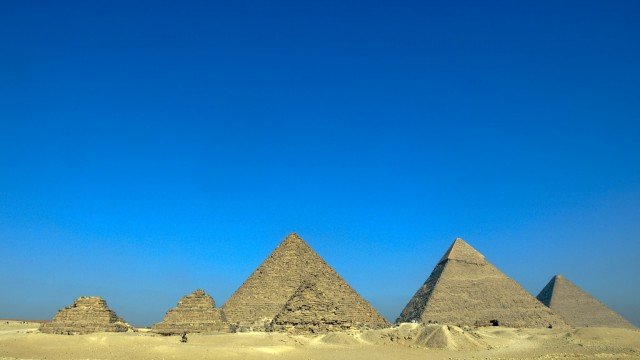OF THE
TIMES
A nation that continues year after year to spend more money on military defense than on programs of social uplift is approaching spiritual doom.
Quote: "The Israeli Ministry of Health says that they do not have any information or statistics about the claim made of 50 survivors who have...
A summary of the Reader Digest article published in the late 70's. uhg. nothing new here.
As with those unspeakable event two years ago, I would be interested in numbers. How many "dodgers" do cave in, and return home for their...
A significant flaw in their investigation is a lack of hard evidence. They keep telling us that aliens and their craft have been 'captured' but...
" Jews demonstrate among themselves a high degree of empathy, or at least solidarity, often to the point of self-sacrifice . .." News to me.
To submit an article for publication, see our Submission Guidelines
Reader comments do not necessarily reflect the views of the volunteers, editors, and directors of SOTT.net or the Quantum Future Group.
Some icons on this site were created by: Afterglow, Aha-Soft, AntialiasFactory, artdesigner.lv, Artura, DailyOverview, Everaldo, GraphicsFuel, IconFactory, Iconka, IconShock, Icons-Land, i-love-icons, KDE-look.org, Klukeart, mugenb16, Map Icons Collection, PetshopBoxStudio, VisualPharm, wbeiruti, WebIconset
Powered by PikaJS 🐁 and In·Site
Original content © 2002-2024 by Sott.net/Signs of the Times. See: FAIR USE NOTICE


Reader Comments
to our Newsletter